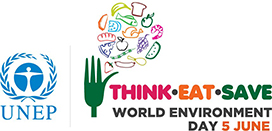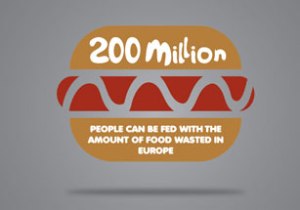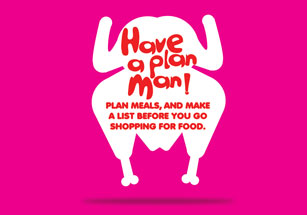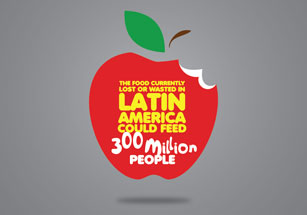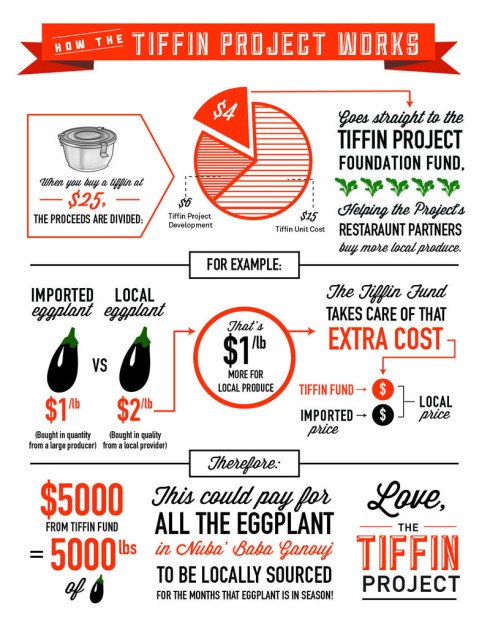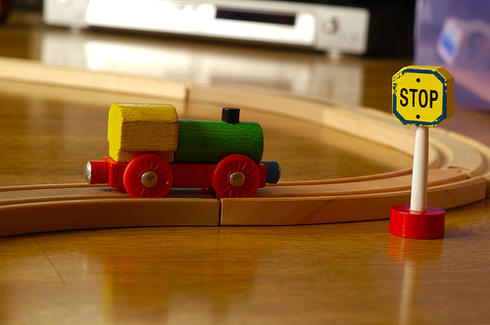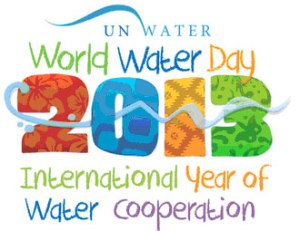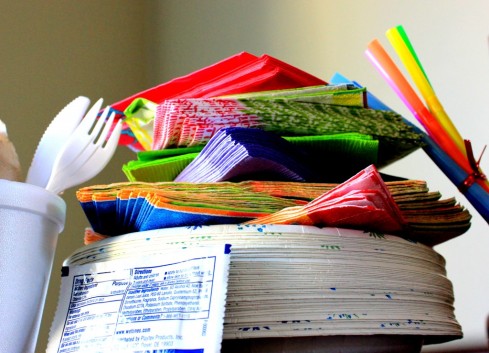For the last Wednesday in May we were inspired to share about a grocery store in London, UK that offers only reusable packaging! It’s called Unpackaged and began as a London market stall in 2006.
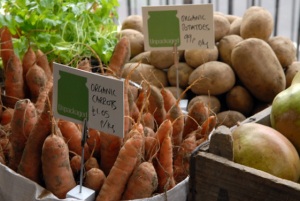 “Unpackaged is a unique and brilliant concept that is so simple it hurts, especially considering the sheer amount of packaging waste that is ridiculously filling our planet’s landfill sites. Within the beautifully designed shop, organic whole foods, dried fruit, nuts and seeds, herbs and spices, even refillable oils, vinegars and wines are all available to place straight into your own containers, that you will have brought along with you … if you haven’t then reusable bags are available.” (weheart.com)
“Unpackaged is a unique and brilliant concept that is so simple it hurts, especially considering the sheer amount of packaging waste that is ridiculously filling our planet’s landfill sites. Within the beautifully designed shop, organic whole foods, dried fruit, nuts and seeds, herbs and spices, even refillable oils, vinegars and wines are all available to place straight into your own containers, that you will have brought along with you … if you haven’t then reusable bags are available.” (weheart.com)
Unpackaged’s philosophy is really quite inspiring. We’ve found many locally owned grocery stores are almost packaging-free but still use bulk bin plastic bags, disposable containers, single-use wrapping, etc. Unpackaged has banned all packaging whatsoever! In their own words..
The Problem with Packaging
Whilst some packaging is necessary in our modern industrialised food chain, unnecessary packaging is a waste:
Cost: It increases the price of the goods you buy. You are charged twice – first when you buy overpackaged products and then through council tax for disposing of your rubbish.
Waste: It wastes resources at every level: production, storage, transport and disposal.
Pollution: Landfill and incineration are the two main ways of dealing with un-recyclable packaging waste. These are major pollutants for people and the environment as they release greenhouse gases.
What about recycling? While some packaging is recycled, most ends up in landfill sites and some packaging is difficult and impossible to recycle. Recycling is certainly part of the solution, but it will only work if we use less packaging and adopt more ‘reusable’ ways of doing things – Unpackaged is based on this ethos.
Remember:
Reduce by only buying what you need
Reuse by bringing your containers for a refill
Recycle what you can’t reuse
And… if you can’t reuse or recycle it then don’t buy it!
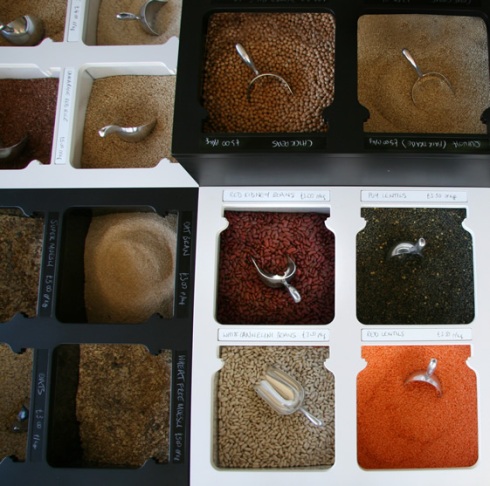
“It’s hard to visit a landfill site without being struck by the craziness of taking very valuable minerals and resources out of the ground, using a lot of energy, turning them into short life products and then just dumping them back into the ground. It’s an absolutely monumental waste of energy and resources. As someone from the fashion industry might say, its just so last century.” (Michael Pawlyn, The Guardian, November 21 2005)
Tags: bulk bins, London, packaging, Slow Food, transition, unpackaged, waste free
 What it means: The Non-GMO Project’s seal verifies that products have been “produced according to rigorous best practices for GMO avoidance,” including testing of all GMO risk ingredients. The Project’s current action threshold for testing is 0.9%, which is on par with the European Union standards. While final products don’t have to be tested and the label doesn’t guarantee a product is 100 percent GMO-free, you can be sure that products bearing the seal have met the highest standards possible for non-GMO, including testing, traceability, and segregation.
What it means: The Non-GMO Project’s seal verifies that products have been “produced according to rigorous best practices for GMO avoidance,” including testing of all GMO risk ingredients. The Project’s current action threshold for testing is 0.9%, which is on par with the European Union standards. While final products don’t have to be tested and the label doesn’t guarantee a product is 100 percent GMO-free, you can be sure that products bearing the seal have met the highest standards possible for non-GMO, including testing, traceability, and segregation.
 Free Range
Free Range No Antibiotics Added
No Antibiotics Added USDA Organic
USDA Organic Soil Association Certified Organic
Soil Association Certified Organic
